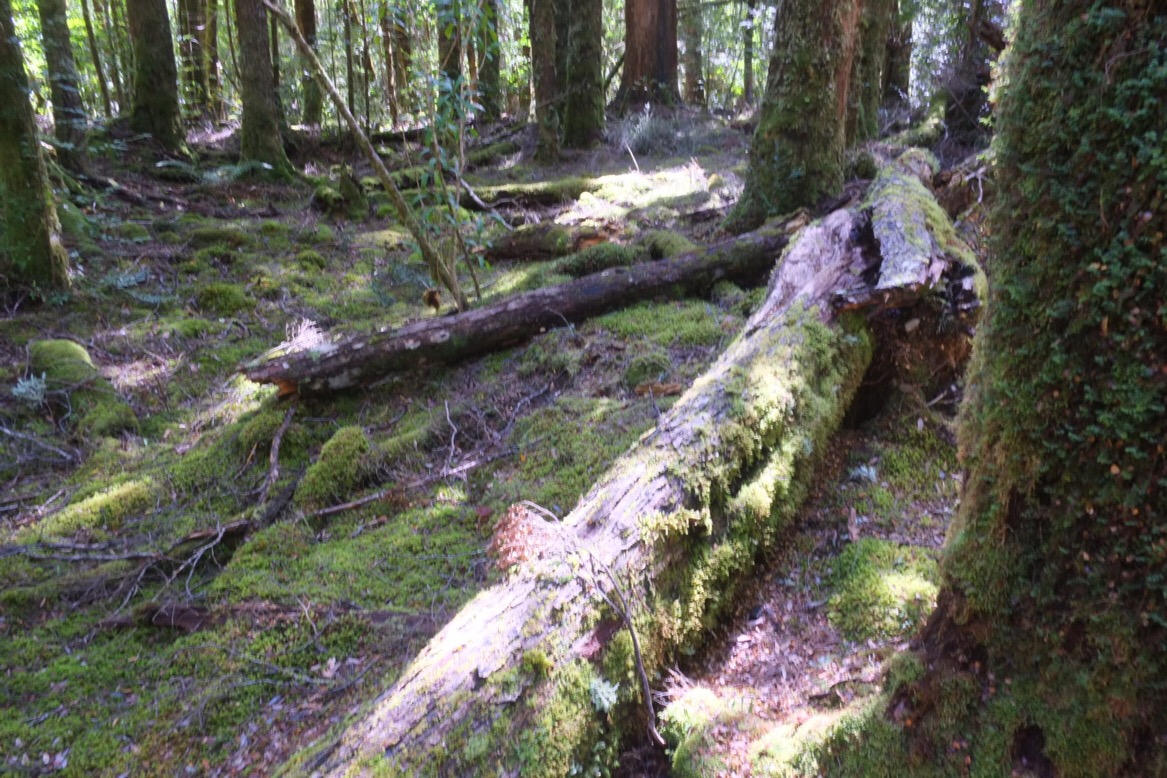Australia

We have now been to Tasmania and Uluru and are so glad to have taken the opportunity whilst out here. Rather like New Zealand it is impossible not to view the country from two perspectives. Australians are fiercely proud of their pioneering heritage and this is widely celebrated. It’s all a bit macho but if you delve deeply enough you will also find the role of women acknowledged. Australians revere the pioneering hardships of their ancestors but can be rather sentimental in recording and celebrating it. At the same time, and within the memory of people still alive, the indigenous aboriginal people have lost their land, their way of life, 45,000 years of continuum and, for some, their self esteem. After being treated - literally - as non human animals, attempts are now being made at reparation. Some land is being handed back through government sponsored agencies to promote business and training and their traditional culture and way of life are being recognised (but not re-created). I can only hope that sufficient economic activity and social wellbeing can be established for the benefit of the indigenous Aboriginal people and the Australian population as a whole. The early transported British settlers were treated, being criminals, as badly as the indigenous people and it seems that the harsher the conditions imposed upon them the harsher the punishment for transgression. The ‘enlightened’ British attitude to crime and punishment that still persists has a long and deep heritage that is widely on display in the historic sites of Tasmania where the former penal colonies are major attractions. In so many ways Australia is a land of contradictions. The political discourse is tediously similar to that in the UK - just as adversarial but rather more boorish. Australians like to call a spade a spade. Outside of the cities it can be strikingly conservative. We have joked about this with locals by way of contrast with the very PC circles Annie and I are used to back in Bristol. More than once we have had it said to us that they need to remember that they are a nation of immigrants themselves. We can do this because Australians are very engaging and love to chat and we have made good friends here. In Tasmania we met a group from Fiji and Vanuatu that was over here fruit picking. This is a major source of economic activity for many South Pacific islanders that we were aware of from our visits to those islands. We were keen to ask about their life over here but they were very reluctant to talk about it in a more than superficial way. When we were here in October the International Panel on Climate Change issued a report that said we now had only 10 years to cut carbon emissions if we are to avoid permanent and harmful impacts. The government inspired newspaper headlines in response were along the lines that Australia is not going to pander to a handful of academics and damage its greatest foreign currency earner - the export of coal (largely to China). And yet Australia understands and values the importance of “wilderness” - protecting areas from development. Tasmania has large areas of temperate rain forest that, in common with South America and New Zealand, is a relic of the forest that covered much of Gondwana when all land was a single continent. Now that logging has been stopped it is possible to experience unmanaged and undeveloped forest that we haven’t seen in the UK for at least 2000 years. It is a truly wonderful experience to walk through it. Similarly, large areas of national park around Uluru give a glimpse of the landscape lived in by the indigenous people for thousands of years. It is surprisingly green, being “arid” and not desert. We viewed the Rock as the sun set and walked around it at dawn. Along with the ancient wall paintings there is definitely something magical about the place - a once in a lifetime experience. It is possible to get an inkling of the connection between the indigenous people and their environment and there is no doubt they have done less to harm to the planet in 45,000 years than the rest of the world has managed in the last 200. There is a stark contrast between the protected areas and the mile upon mile of cattle ranches between Uluru and Alice Springs where the trees are few and the ground is just stony sand with small shrubby bushes. The only trees are on the rocky outcrops. Apparently the original huge ranches are being sub divided through family inheritance and stocking rates have increased as a result of both this and increased demand for beef from China. The increasingly hot and drier climate is a big issue over here for rural communities and farmers as we heard from the Australian equivalent of Radio 4. There is even a suggestion that people living in rural areas should be taxed less, although I am not sure quite how this would help cope with water shortages. In Alice Springs we visited the reptile centre and learned that 18 of the 20 most venomous snake species live in Australia. Fortunately they have shorter fangs here, preferring to spread their venom via the lymphatic system just under the skin rather than the deeper blood system. This means that if bitten you can probably give yourself enough time to be saved by wrapping a compression bandage around the affected limb. When we got back to the marina there was a big notice pinned up warning that a brown snake has been seen in the complex......... Now back on board at Bundaberg the temperature has dropped noticeably in the two weeks we have been away and it is much more pleasant. In fact, notwithstanding the fact we are heading into the dry season it is now raining more heavily than during the “wet” season. We were advised to wait until after Easter before heading north but it has been easier to stave off marina fever in the cooler temperatures. Another yacht, Florence, that we sailed with in Vanuatu is now also here so it looks like the season for heading north is getting under way.
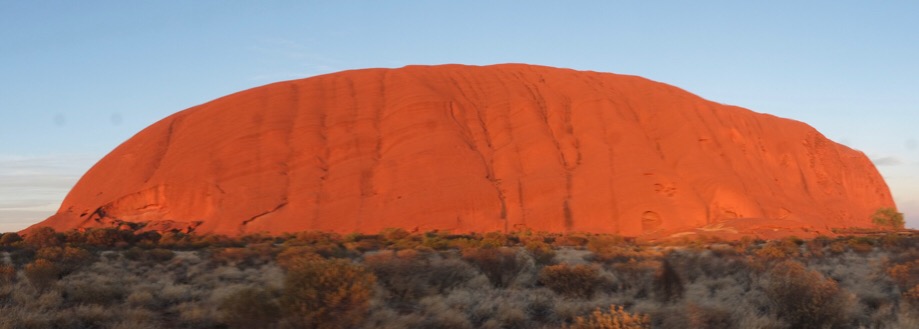  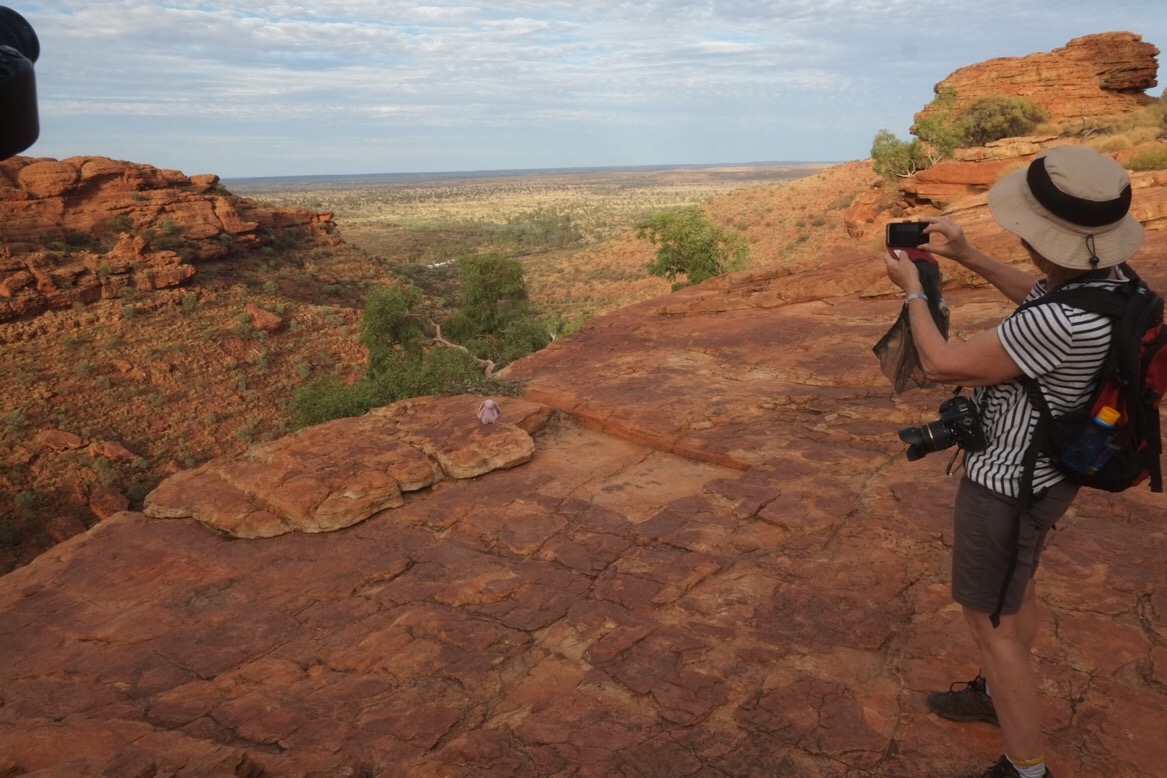 Rosie takes centre stage 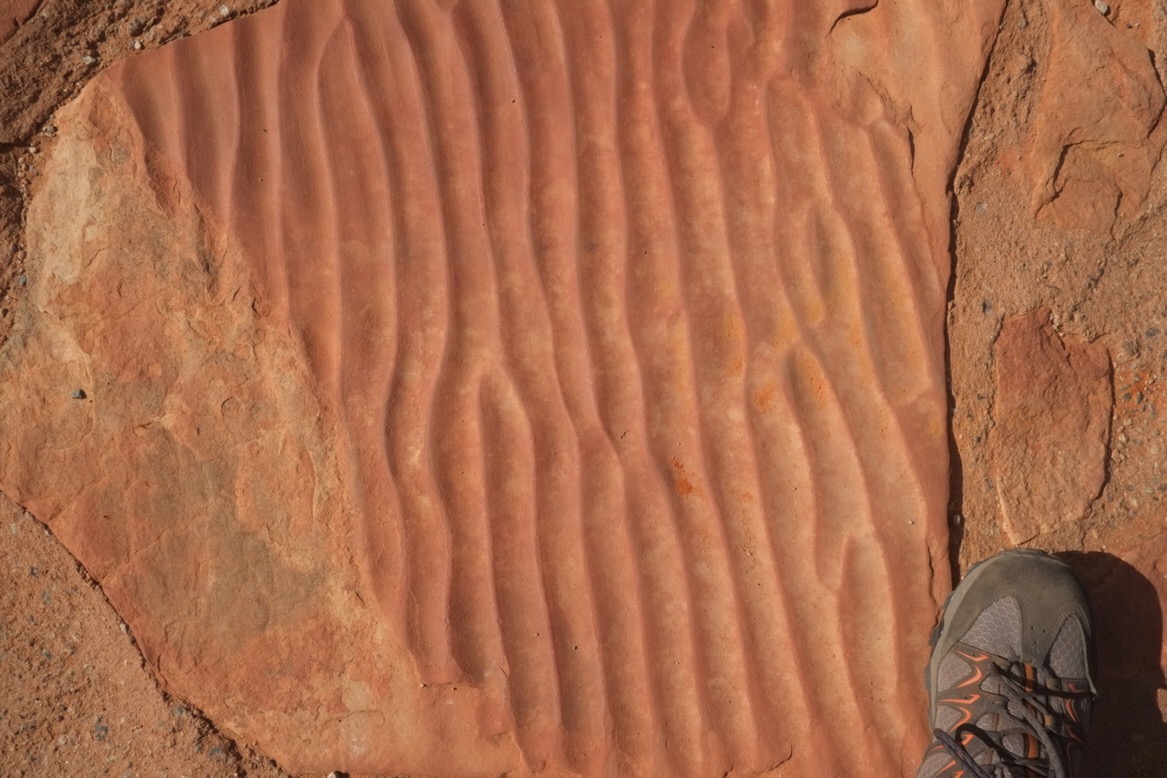 These ripples were created before life on land had evolved......... 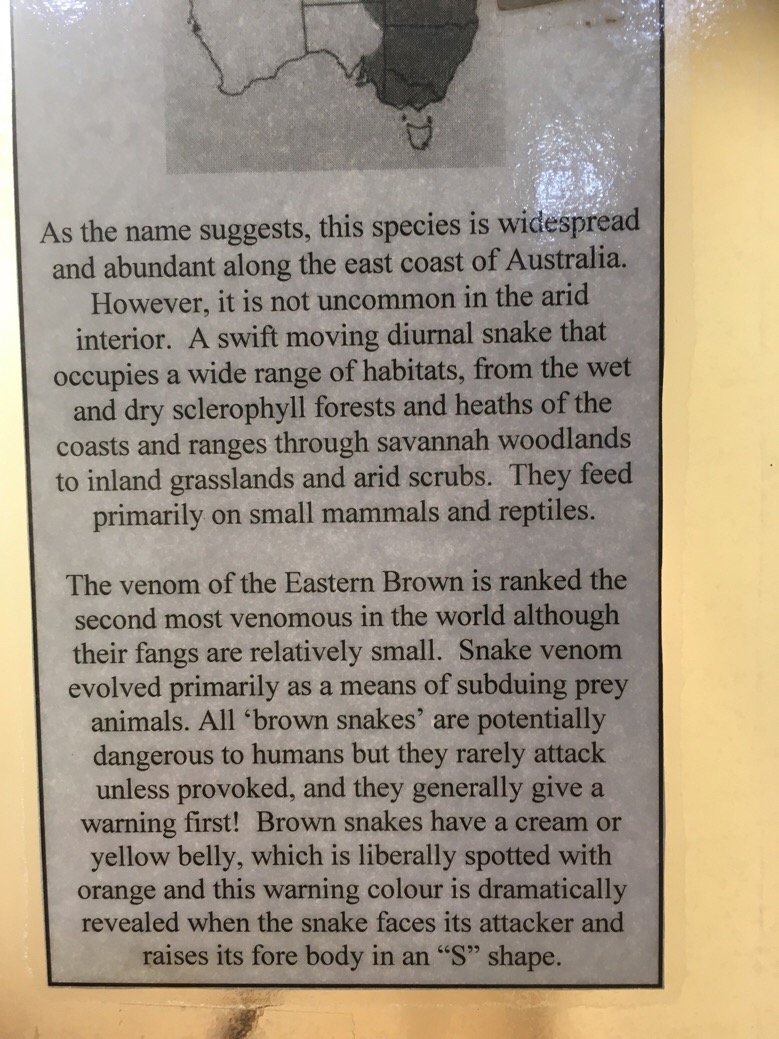  |

